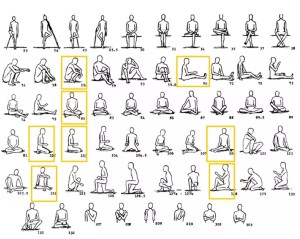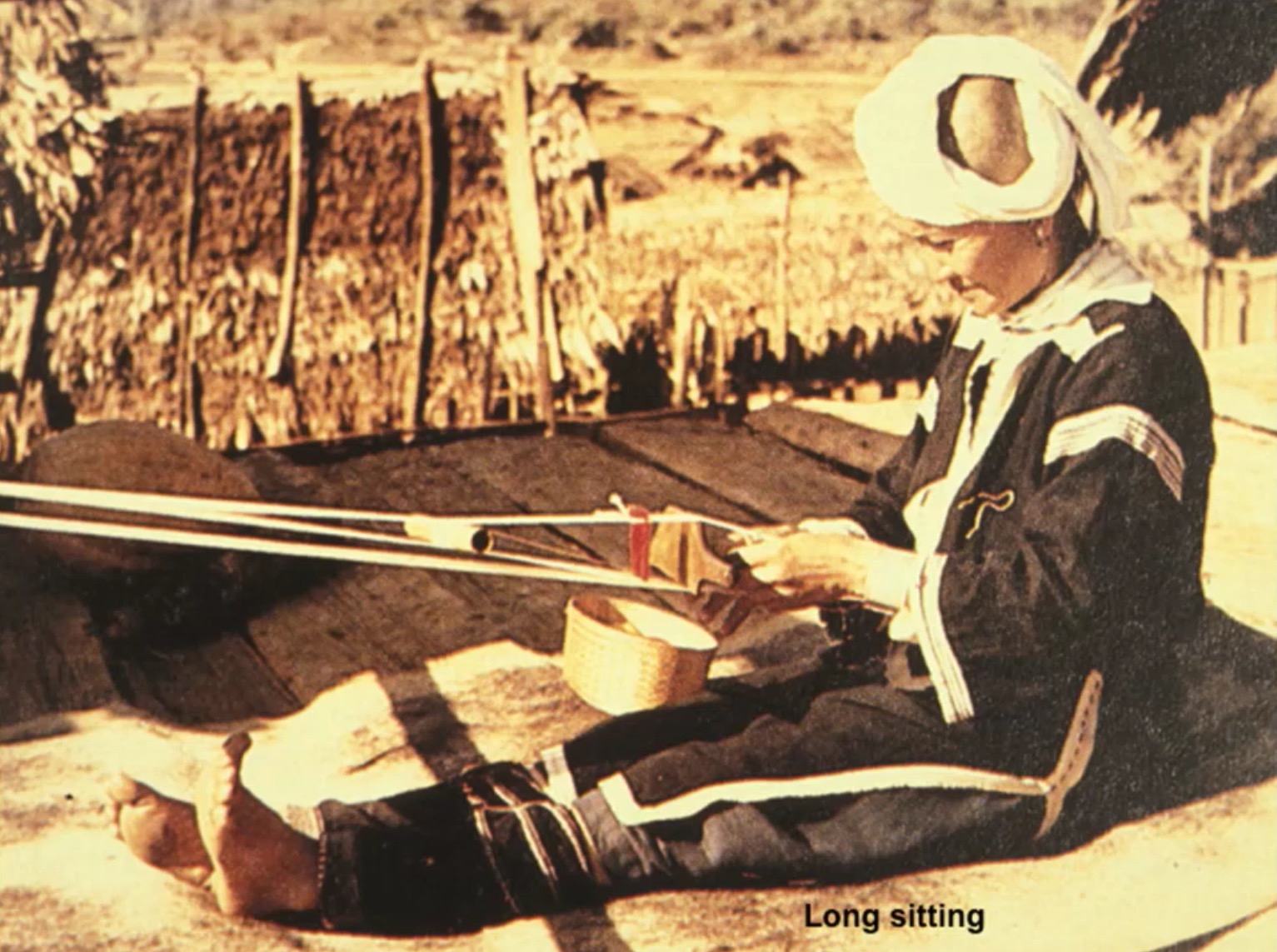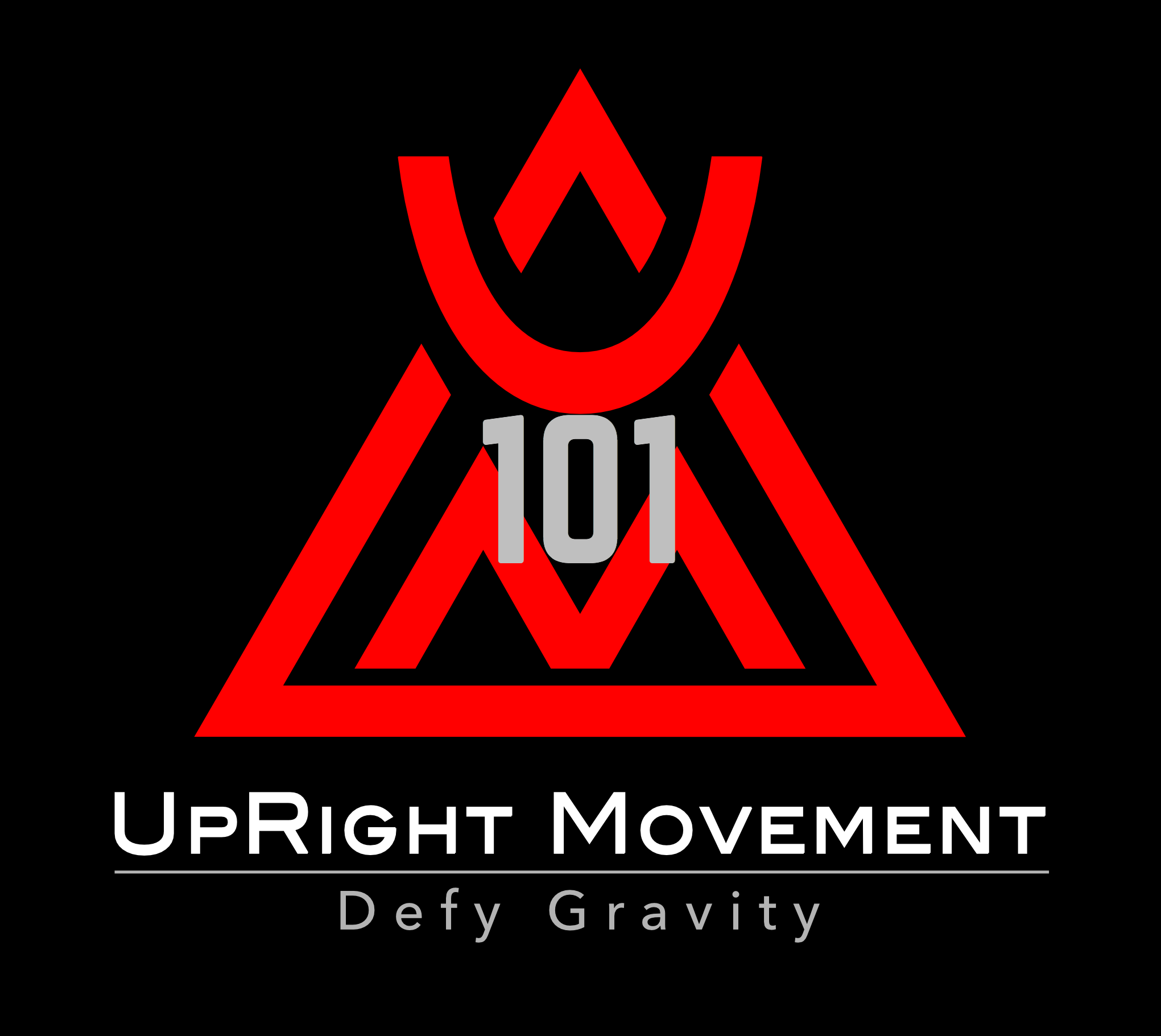“There are four positions of Zen: Lying Zen, Sitting Zen, Standing Zen, and Walking Zen.”
The terms biomimetics and biomimicry come from Ancient Greek: βίος (bios), life, and μίμησις (mīmēsis), imitation, from μιμεῖσθαι (mīmeisthai), to imitate, from μῖμος (mimos), actor. Influenced by Biomimetics or biomimicry is the imitation of the models, systems, and elements of nature for the purpose of solving complex human problems. UpRight Movement often refers to nature’s archetype of success for guidance with its rationale in helping you to feel, move, and perform better.
Understanding human development from a distant and not so distant past perspective can help us to understand movement in a broader context. The bookends of movement as well as our days is rest; the two are interwoven like a pendulum.
Primitive Postures are naturally intended to be restorative. Primitive Postures are the original positions, which movement emerged from and returned back to for rest. The degree to which we are challenged within these Primitive Postures is the degree our restoration and movements are as well.
Sitting on the floor in many postures is our birthright: Rising from these Primitive Postures to our full upright bipedal posture uses deeply embedded patterns, postures, and movement.
Primitive Postures provide a quick but profound insight into the ease or dis-ease of your biomechanical state. You can learn WHAT these postures are and HOW to assess them. They are profoundly important. If these postures aren’t relaxing and restorative, and if living and moving with ease is valuable to you, then perhaps there is an area ready for some improvement.
Standing up from the floor is a vital movement sequence we mastered as children. Regrettably, in our busy lives, our mastery of these movements has lessened over time until the normal act of rising from the floor becomes awkward and uncomfortable. Our musculoskeletal system needs the exercise of UpRight Movement to stay in good moving health. We call these UpRight Movements and the ability to relearn, restore, and reintroduce these movements into everyday life provides some protection from degeneration and dis-ease.
Primitive Postures and the UpRight Movements are key insights derived from our work with the Spinal Cord Injury and Senior Communities. If you want to achieve your fitness and performance ambitions or age gracefully you need to include this concept in your life. Learning why and how to value floor based rest and moving from the floor with elegance and precision will be of lifelong value to you.
Consider incorporating Primitive Posture into aspects of your daily life to help you develop a greater ability to restore and move. UpRight Movement is a Force Multiplier supporting you with the restoration of your life through health and movement.
Below is a sample of Primitive Postures from our friends at MovementREV, followed by pelvic mobility recommendations to assist with these postures. Improving mobility around the pelvis is key to improving hip motion, improving posture, decreasing low back and knee pain. Also by working on the pelvic fascia, muscles, and ligaments there can be an effect on the pressure system within the pelvic, abdominal, and thoracic cavities, therefore improving function of the organs. This can result in improvement of digestion, breathing, urinary, and reproductive functions.
Click Here For: Primitive Postures of Restoration
- Supine Rest Posture
- Prone Rest Posture
- Side Lying Rest Posture
- Side Sitting Rest Posture
- Cross Legged Rest Posture
- Half Lotus Rest Posture
- Long Sitting Rest Posture
- Neanderthal Sitting Rest Posture
- Drinking Position Rest Posture
- Japanese Sitting Rest Posture
- Toe Sitting Rest Posture
- Full Squat Rest Posture
- IMPROVING PELVIC MOBILITY






